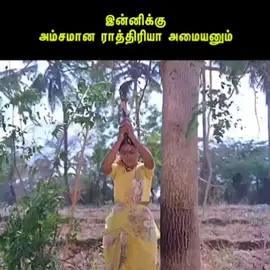docneb
Region: PH
Monday 27 January 2025 01:54:14 GMT
7064296
272528
1408
47606
Music
Download
Comments
Gigiii :
I regret searching two piece😭
2025-01-29 00:47:34
98
Azriel Noah :
what is pink2pink??
2025-01-27 13:25:01
31
さい :
pink2pink location
2025-01-28 23:18:00
10
Ron💫🌟 :
finally you find pink2pink know, can i sleep🙂
2025-01-27 13:05:08
341
emoji official :
look my repost
2025-01-29 01:18:22
13
🧷bicolanagurl🏷️ :
pink 2 pink tv patrol
2025-02-01 16:53:41
2
CAP :
PET PEEVE
2025-01-27 10:28:48
495
yuuna :
BRO THATS IN BACOOR IK THAT PLACE
2025-01-28 12:11:44
15
Prititit :
pink2pink location HAHAHA
2025-02-02 01:43:50
3
Vermithor 💫 :
Whats pink2pink
2025-02-01 06:50:17
4
Elithia♡ • Friends :
may hiring for a therapist pa ah😭😭😭
2025-01-29 09:52:45
5
O :
NOT A SHADOW MILK COOKIE COMMENTING IN THE LOCATION 😭💀☹️🙏
2025-01-28 23:31:47
7
_luvxcharles_ :
guys is my account private????
2025-01-28 23:16:53
8
aera 😶🌫️ :
context?
2025-01-30 03:02:22
2
vinny.emc :
here before viral
2025-01-27 03:31:31
6
despyaccountno :
location: bacoor, molino boulevard
2025-01-27 05:32:38
11
T A L A ✨ :
True story pink2pink
2025-02-02 02:39:28
3
sunloxz 🎀 :
why am I so pretty?
2025-02-03 08:50:50
0
🤷♀️ :
Fyp is getting too local 😵💫
2025-01-28 06:57:03
8
Mayora :
What pink2pink means?
2025-01-29 11:54:24
4
Jegs🌊 :
and my curiosity is now gone👌
2025-02-02 06:41:14
1
User87348929301 · Following :
Literal na pink2pink 🙏
2025-01-27 04:22:43
12
︎︎︎ :
PINK2PINK meaning 💀💀💀
2025-01-27 12:27:00
7
ZeNn 💤 :
Those who know the horror one💀
2025-01-28 04:43:50
14
•|ғʀᴇᴇᴢᴇ✓ :
pink2pink
2025-01-27 04:59:51
5
To see more videos from user @_dokkk, please go to the Tikwm
homepage.





